PDF-JOURNAL OF EXPERIMENTAL ZOOLOGY (MOL DEV EVOL) 285:291–306 (1999)
Author : celsa-spraggs | Published Date : 2016-06-04
Received 9 June 1999 Accepted 3 September 1999Avian feathers are a premier example of a complex evolutionary novelty The evolutionary origin of by the lack of any
Presentation Embed Code
Download Presentation
Download Presentation The PPT/PDF document "JOURNAL OF EXPERIMENTAL ZOOLOGY (MOL DEV..." is the property of its rightful owner. Permission is granted to download and print the materials on this website for personal, non-commercial use only, and to display it on your personal computer provided you do not modify the materials and that you retain all copyright notices contained in the materials. By downloading content from our website, you accept the terms of this agreement.
JOURNAL OF EXPERIMENTAL ZOOLOGY (MOL DEV EVOL) 285:291–306 (1999): Transcript
Download Rules Of Document
"JOURNAL OF EXPERIMENTAL ZOOLOGY (MOL DEV EVOL) 285:291–306 (1999)"The content belongs to its owner. You may download and print it for personal use, without modification, and keep all copyright notices. By downloading, you agree to these terms.
Related Documents

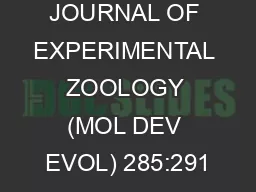
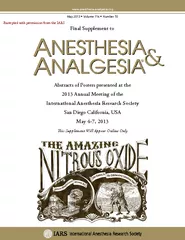
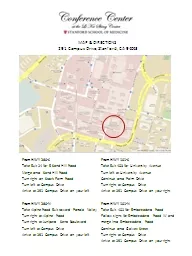

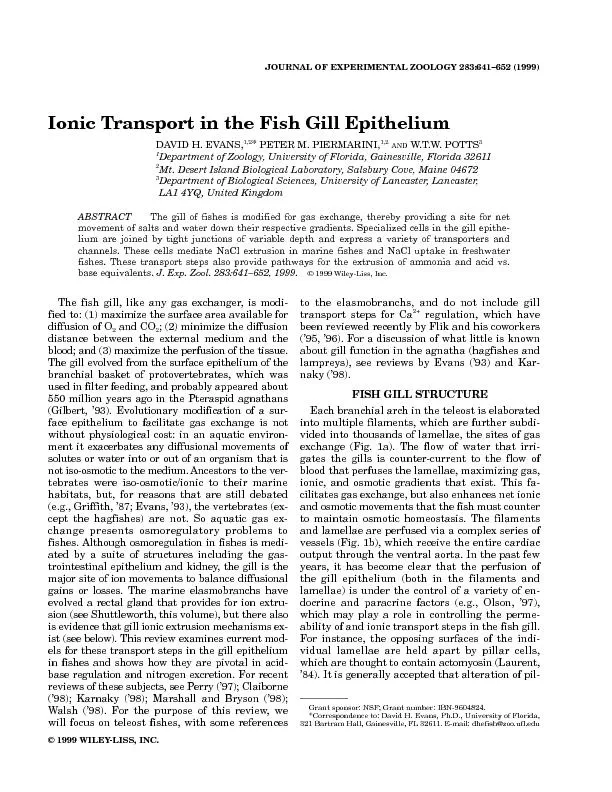
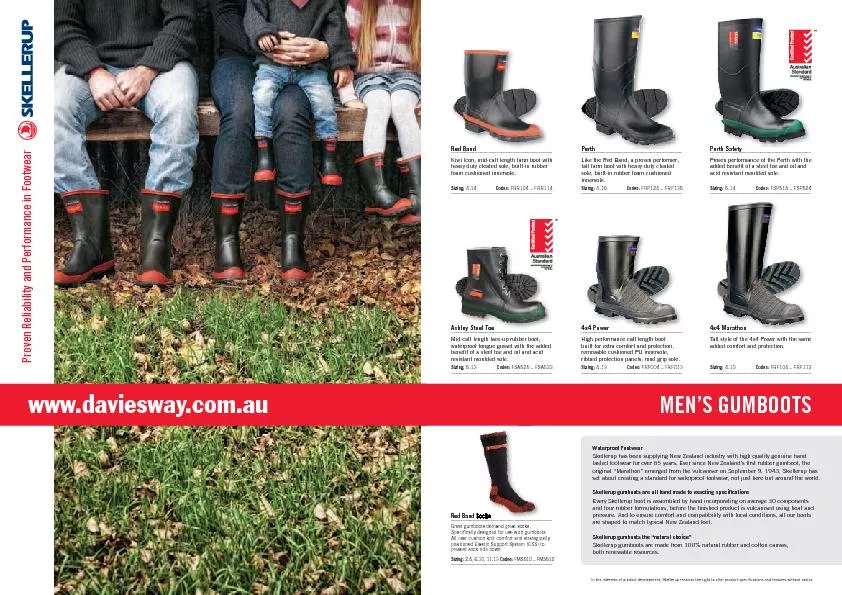
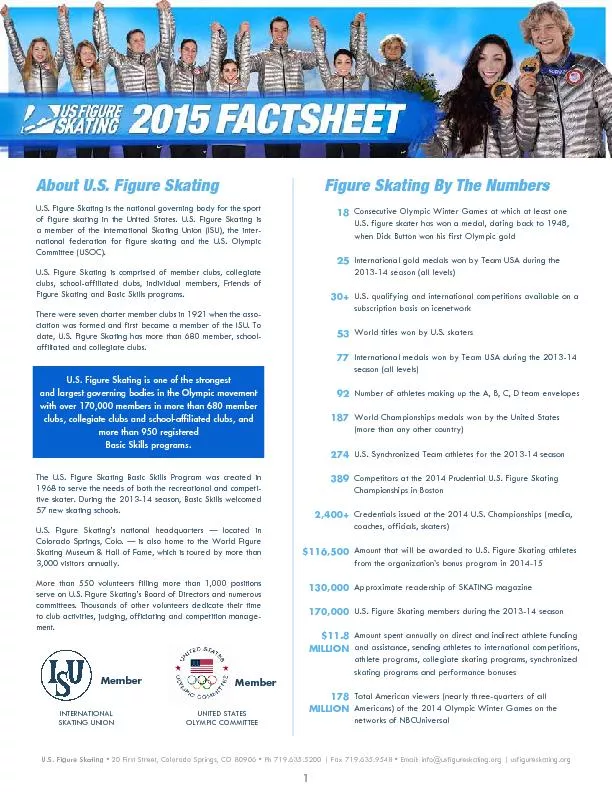



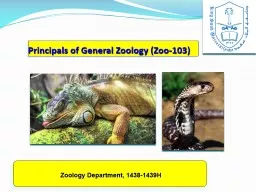
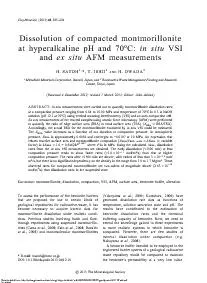
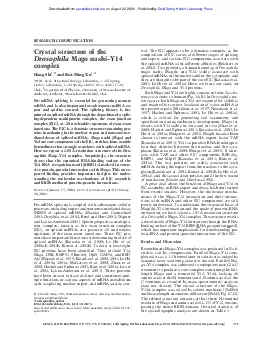
![[New] Ace Cisco 500-285 Certification with Cisco CCNS Practice Test](https://thumbs.docslides.com/994858/new-ace-cisco-500-285-certification-with-cisco-ccns-practice-test.jpg)